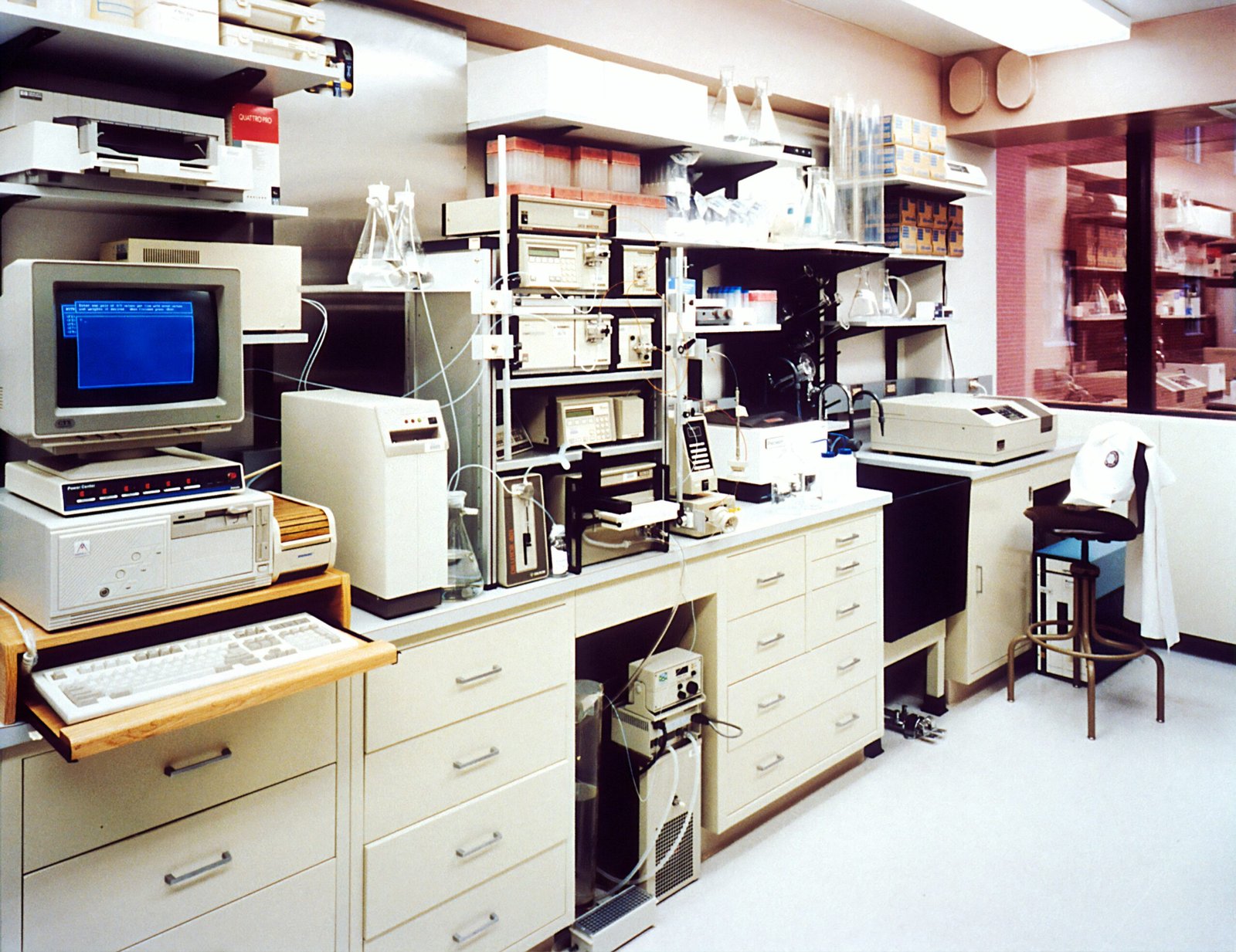In the realm of gout, a painful form of arthritis, the question of whether genetics holds more sway in primary gout or secondary gout looms large. This article aims to shed light on this enigmatic puzzle by examining the role of genetics in both types and laying out the potential implications for individuals grappling with this debilitating condition. By exploring the intricate relationship between genetics and gout, a clearer understanding emerges, paving the way for more targeted treatments and prevention strategies. So, without further ado, let's embark on this fascinating journey into the world of gout and its genetic underpinnings.
Understanding Gout
Gout is a complex form of arthritis that is characterized by sudden and severe attacks of pain, redness, and swelling in the joints. It primarily affects the big toe, but can also occur in other joints such as the ankles, knees, elbows, wrists, and fingers. Gout is caused by high levels of uric acid in the blood, which leads to the formation of urate crystals in the joints. These crystals trigger an immune response, resulting in inflammation and intense pain.
The nature of Gout
Gout is a chronic condition that often occurs in episodes, known as gout attacks. These attacks can last for several days or weeks, and then subside for a period of time before recurring. The frequency and severity of gout attacks can vary from person to person. Gout is more common in men, typically appearing between the ages of 30 and 50. However, postmenopausal women also have an increased risk of developing gout.
Symptoms and complications of Gout
During a gout attack, the affected joint becomes swollen, red, and extremely tender. The pain is usually intense and can make even the slightest movement unbearable. Other symptoms of gout include stiffness in the joint, limited range of motion, and a feeling of warmth over the affected area. If left untreated, gout can lead to various complications, such as the formation of tophi (hard nodules around the joints), joint damage, kidney stones, and kidney damage.
Primary and Secondary Gout: distinctions
Gout can be classified into two main types: primary and secondary gout. Primary gout, also known as idiopathic gout, is the most common form and occurs when the body produces too much uric acid or is unable to effectively eliminate it. Secondary gout, on the other hand, is caused by an underlying medical condition or lifestyle factors that contribute to elevated uric acid levels. Secondary gout can be the result of factors such as obesity, high blood pressure, diabetes, kidney disease, certain medications, and excessive alcohol consumption.
Genetics and Gout
Brief overview of Genetics
Genetics, the study of genes and heredity, plays a significant role in the development of many diseases. Our genes contain the instructions for building and maintaining our bodies, including the production of certain proteins and enzymes. Genetic variations can lead to differences in how our bodies process and respond to various substances, such as uric acid in the case of gout.
Understanding how Genetics impact diseases
Inherited genetic variations can increase the risk of developing certain diseases, including gout. These variations can affect the way our bodies produce, break down, and eliminate uric acid. For example, some individuals may have genetic variations that result in increased production of uric acid or reduced excretion, leading to higher levels of uric acid in the blood. These elevated levels can then contribute to the formation of urate crystals and the onset of gout.
Specific link between Genetics and Gout
Several genes have been identified that are associated with an increased risk of developing gout. One of the most well-known genes is the SLC2A gene, which is involved in the transportation of glucose and uric acid in the kidneys. Variations in this gene can impact the reabsorption of uric acid in the kidneys, leading to higher levels in the blood. Other genes, such as ABCG2 and SLC22A12, are also implicated in the development of gout.

Role of Genetics in Primary Gout
Understanding Primary Gout
Primary gout is primarily driven by genetic factors, although lifestyle choices and environmental factors can also contribute. In individuals with primary gout, genetic variations play a crucial role in the regulation of uric acid levels and the overall development of the disease. These genetic variations can impact both the production and excretion of uric acid, increasing the risk of crystal formation in the joints.
Identifying Genetic influences in the development of Primary Gout
Genetic studies have identified specific gene variants that are associated with an increased risk of primary gout. These variants can affect the function of proteins involved in uric acid metabolism, such as enzymes responsible for breaking down purines (substances that are converted into uric acid). Understanding these genetic influences can help identify individuals who may be at a higher risk of developing primary gout and allow for targeted interventions and preventive strategies.
Discussing specific genetic factors that contribute to Primary Gout
The SLC2A9 gene is one of the most significant genetic factors implicated in primary gout. Variations in this gene can lead to decreased reabsorption of uric acid in the kidneys, resulting in elevated levels in the blood. Additionally, genetic variations in genes such as HLA-B and PRPS1 have been associated with an increased risk of primary gout. Further research is needed to fully understand the genetic factors that contribute to the development of primary gout and their specific mechanisms of action.
Role of Genetics in Secondary Gout
Understanding Secondary Gout
Secondary gout differs from primary gout in that it is caused by underlying medical conditions or lifestyle factors that contribute to elevated uric acid levels. While genetic variations still play a role in secondary gout, their impact may be overshadowed by other factors such as obesity, hypertension, and medication use.
Identifying Genetic influences in the development of Secondary Gout
In the case of secondary gout, genetics may contribute to an individual's susceptibility to developing certain medical conditions that are associated with an increased risk of gout. For example, genetic variations in genes involved in glucose regulation and lipid metabolism may increase the likelihood of developing obesity, diabetes, or metabolic syndrome, all of which are risk factors for secondary gout.
Discussing specific genetic factors that contribute to Secondary Gout
Genetic variations in genes such as PPARA and APOA2 have been associated with increased susceptibility to conditions such as obesity and metabolic syndrome, which are known risk factors for secondary gout. Other genetic factors related to hypertension, kidney function, and medication metabolism may also contribute to the development of secondary gout. However, given the multifactorial nature of secondary gout, further research is needed to fully elucidate the genetic influences in this form of the disease.

Comparing the Genetic Influence in Primary and Secondary Gout
Determining genetic predisposition in Primary versus Secondary Gout
While genetic factors play a role in both primary and secondary gout, the extent of their influence may vary. Primary gout is primarily driven by genetic variations that affect uric acid metabolism, resulting in increased uric acid levels and crystal formation. On the other hand, secondary gout is influenced by a combination of genetic factors and underlying medical conditions or lifestyle choices that contribute to elevated uric acid levels.
How prominent role genetics play in each type
In primary gout, genetic factors are more prominent and directly impact the regulation of uric acid levels. Specific gene variants associated with primary gout have been identified, highlighting the strong genetic influence in this form of the disease. In secondary gout, genetics still play a role, but their influence may be more indirect, acting through the modulation of other risk factors such as obesity or hypertension.
Related studies and research regarding genetic influence on Primary and Secondary Gout
Numerous studies have investigated the genetic basis of gout, with a focus on identifying specific gene variants and pathways involved in disease development. These studies have contributed to our understanding of the genetic underpinnings of gout and have paved the way for further research into potential therapeutic targets. Additionally, research on the genetic factors associated with secondary gout has provided insights into the complex interplay between genetics, lifestyle, and underlying medical conditions.
Impact of Environment and Lifestyle in Gout
Overview of environmental and lifestyle factors in disease development
While genetics play a significant role in gout, environmental and lifestyle factors also contribute to disease development. Dietary choices, alcohol consumption, physical activity levels, and exposure to certain substances can all influence uric acid levels and the likelihood of developing gout.
Specific influences on Primary Gout
In primary gout, lifestyle factors such as dietary intake of purine-rich foods (e.g., organ meats, seafood, and excessive consumption of fructose-sweetened drinks) can contribute to elevated uric acid levels. Obesity, excessive alcohol consumption, and sedentary behavior are also associated with an increased risk of primary gout.
Specific influences on Secondary Gout
In secondary gout, lifestyle factors can interact with genetic predispositions and underlying conditions to increase the risk of developing gout. For example, obesity and metabolic syndrome can lead to elevated uric acid levels, which are further exacerbated by genetic factors. Additionally, medication use, particularly diuretics and certain immunosuppressants, can increase the risk of secondary gout.

Mitigating Genetic Risks for Gout
Strategies for lowering risk for individuals with genetic predisposition
While genetic predisposition to gout cannot be altered, there are strategies that individuals can employ to lower their risk and manage the condition effectively. Adopting a healthy lifestyle, including regular physical activity, maintaining a healthy weight, and limiting alcohol consumption, can help reduce the likelihood of gout attacks. Furthermore, managing underlying medical conditions, such as hypertension or diabetes, through proper medication adherence and lifestyle modifications, can mitigate the risk of secondary gout.
DNA testing and genetic counseling options
Advancements in genetic testing and counseling have provided individuals with the opportunity to gain a deeper understanding of their genetic predisposition to gout. DNA testing can identify specific gene variants associated with gout and help individuals make informed decisions about their healthcare. Genetic counseling can provide guidance on lifestyle modifications, treatment options, and preventive measures based on an individual's genetic profile.
Role of diet and lifestyle modifications in preventing Gout
Diet and lifestyle modifications play a significant role in preventing and managing gout. Avoiding or limiting the intake of purine-rich foods, reducing alcohol consumption, and maintaining a healthy weight can help lower uric acid levels and decrease the frequency and severity of gout attacks. Regular exercise and staying hydrated are also beneficial in managing gout symptoms. Lifestyle modifications should be personalized to an individual's genetic predispositions and overall health status.
Treatment Approaches for Gout
Common medical treatments for Gout
The treatment of gout typically involves a combination of medications and lifestyle modifications. Nonsteroidal anti-inflammatory drugs (NSAIDs) are commonly used to relieve pain and reduce inflammation during gout attacks. Additionally, medications like colchicine and corticosteroids may be prescribed to alleviate symptoms. For individuals with recurrent gout attacks or severe symptoms, long-term medications such as urate-lowering agents may be necessary to prevent future attacks and lower uric acid levels.
How genetic insights can inform treatment options
Genetic insights into the underlying mechanisms of gout can help tailor treatment options to individuals with specific genetic variations. For example, individuals with genetic variants associated with decreased renal excretion of uric acid may benefit from urate-lowering agents that specifically target this aspect of uric acid metabolism. Similarly, genetic testing can help identify individuals who are more likely to experience adverse reactions to certain medications, allowing for personalized treatment plans.
Personalized medicine and its potential impact on treating Gout
The field of personalized medicine holds great promise for improving the treatment of gout. By integrating genetic information with clinical data, healthcare providers can develop personalized treatment plans that address the specific genetic factors contributing to the development and progression of gout. This approach can lead to more effective and individualized therapies, resulting in better outcomes and disease management for individuals with gout.

Future Research Directions
Emerging research trends in genetics and Gout
The field of genetics and gout is evolving rapidly, with ongoing research aiming to further unravel the genetic complexities of the disease. New techniques such as genome-wide association studies (GWAS) and next-generation sequencing are allowing for the identification of additional gene variants associated with gout susceptibility. Furthermore, advancements in high-throughput technologies and data analysis methods are enabling a deeper understanding of the molecular pathways involved in gout development.
Implications for treatment and prevention approaches
The ongoing research in genetics and gout has significant implications for the development of novel treatment and prevention approaches. By elucidating the genetic factors underlying gout, researchers can identify potential therapeutic targets and develop more targeted interventions. Additionally, a better understanding of genetic predispositions can inform preventive strategies, allowing for the identification of high-risk individuals and the implementation of early interventions to minimize the risk of gout development.
Predicted advancements in genetic understanding of Gout
It is anticipated that the advancements in genetic understanding of gout will continue to accelerate in the coming years. The integration of genetic data with other omics technologies, such as metabolomics and proteomics, will provide a comprehensive picture of the molecular mechanisms underlying gout. This holistic approach may uncover new genetic markers and pathways, paving the way for precision medicine approaches to gout diagnosis, treatment, and prevention.
Conclusion
In conclusion, genetics indeed plays a significant role in both primary and secondary gout. Primary gout is primarily driven by genetic factors that affect uric acid metabolism, while secondary gout involves a combination of genetic predispositions and underlying medical conditions or lifestyle factors. Understanding the genetic underpinnings of gout is crucial for identifying individuals at high risk, developing personalized treatment plans, and implementing preventive strategies. By considering the interplay between genetics, lifestyle, and environment, we can strive to improve the management and prevention of gout, ultimately enhancing the quality of life for individuals affected by this debilitating condition.

